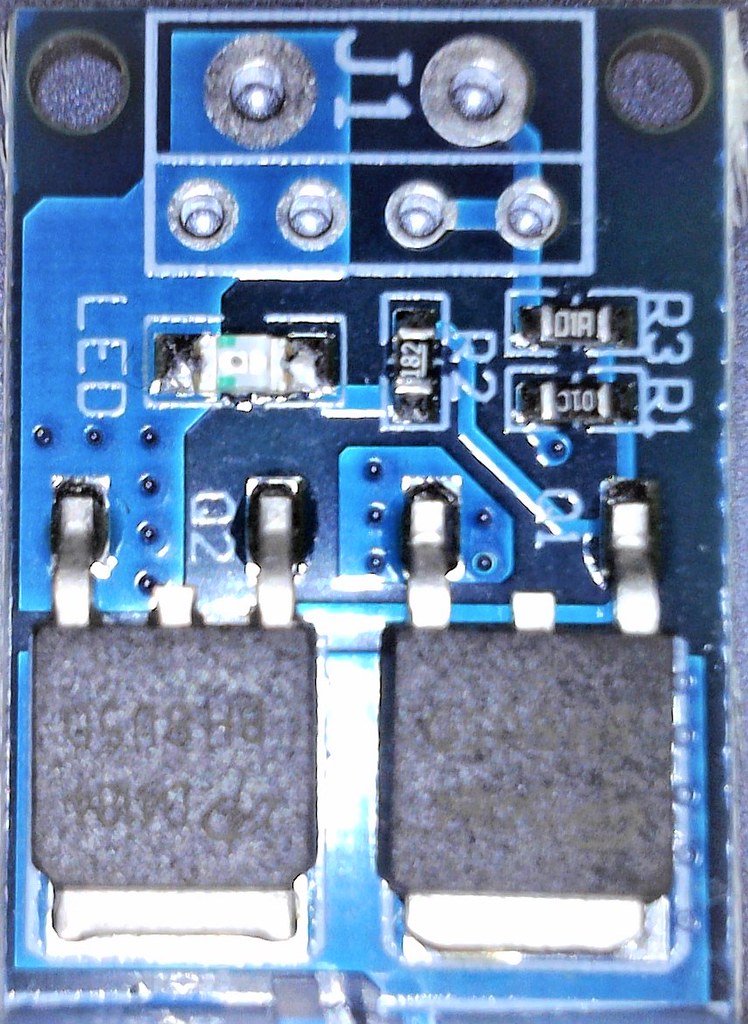PKOK
Well-Known Member
Check out this young mans work on reddit, I'm thinking he got some inspiration from your rig.
https://www.reddit.com/r/vaporents/comments/fjx4uo/r2dday_a_4_minute_long_vapcap_ih_sesh/
I wonder if something similar would work on a Titanium nail.
Let me ask again about that Debouncing circuit. Those that use the tac switch at tube bottom to activate get some sort of distortion in the current. Does a momentary switch do the same or an on/off switch? Is that why I've seen the induction unit in a Faraday cage and the switches in copper tubes? I've got the parts for that card, well except the card.
https://www.reddit.com/r/vaporents/comments/fjx4uo/r2dday_a_4_minute_long_vapcap_ih_sesh/
I wonder if something similar would work on a Titanium nail.
Let me ask again about that Debouncing circuit. Those that use the tac switch at tube bottom to activate get some sort of distortion in the current. Does a momentary switch do the same or an on/off switch? Is that why I've seen the induction unit in a Faraday cage and the switches in copper tubes? I've got the parts for that card, well except the card.
Last edited:


 That FET has the option / room to add a heats sink
That FET has the option / room to add a heats sink there is a lot more than that going on....dang it looks like he's
there is a lot more than that going on....dang it looks like he's

